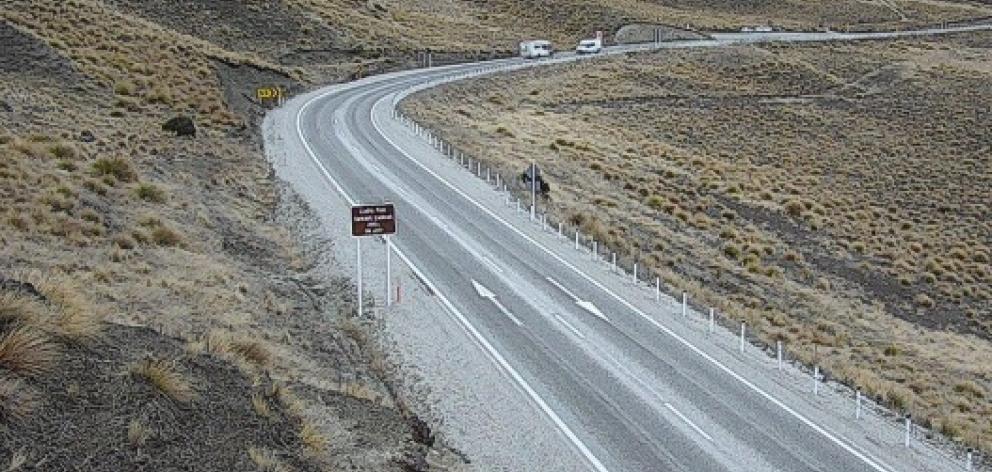
The 57km communication "black spot" that exists at present across the Lindis will be no more by mid-2020, when the Government's Rural Connectivity Group completes the complex task of introducing the infrastructure necessary for farmers and motorists to be able to connect with the outside world via their cellphones.
While the population living across the Lindis is sparse, there is an ever-expanding number of motorists using the route, often covered in ice and snow.
NZ Transport Agency figures show 767,595 vehicles each year pass through Tarras, at the southern end of the Lindis. That is 204,400 more than in 2013, when National Party communications spokeswoman Amy Adams who became Communications Minister the following year promised to spend $150 million improving rural broadband services and fixing black spots along some highways.
While roading contractors on the Lindis these days do have the means to communicate with emergency services, motorists going to the aid of those involved in crashes have had little choice over the years but to drive away from the scene to a farm or to an area beyond the "black spot" to summon help.
And that brings into play the time factor - the "golden hour" when victims of crashes will most benefit from swift medical attention.
By the time the new system is running in 2020, it will be six years from when the Government made the decision to rub out some black spots. That is a long time to be hanging on the end of the line waiting for an answer from Wellington.
Those looking after other highway black spots - like the Haast Pass and State Highway 94 to Milford Sound - will be hoping they too get a call soon explaining when their communications issues will be resolved.
Difficult decision
THE plight of New Zealand woman Abby Hartley, who died this week after being in a coma for almost a month in Bali, captured the sympathy of many New Zealanders.
Ms Hartley (41) was taken to hospital at the beginning of last month while on her second honeymoon. She had a twisted bowel and contracted a blood infection, falling into a coma.
She had not disclosed the condition to her travel insurance company, which would not pay for her care.
Both Prime Minister Jacinda Ardern and Foreign Affairs Minister Winston Peters have said the Government could not come to the rescue - on the surface a harsh decision and one for which they have been criticised.
Mr Peters said the woman should have had proper insurance cover and Ms Ardern has said this was not an isolated case. Mr Peters has said 236 people with medical issues sought consular assistance from the Ministry of Foreign Affairs and Trade in the past 12 months.
If Ms Hartley was helped, who would "take out medical insurance if the Government was standing behind?", Mr Peters said. That was the moral hazard and why Australia, Canada, the United Kingdom and the United States had similar policies.
National's leader Simon Bridges, meanwhile, hinted a Government under him would have helped.
Mr Peters and Ms Ardern are right to make this tough call, even in such sad circumstances. There has to be personal responsibility and the taxpayer obligations cannot be open-ended.
As it was, the public of New Zealand opened their hearts and more than $230,000 was raised through a Givealittle page set up by Ms Hartley's daughter. This was most impressive, and no doubt helped the family in their anguish and grief.












